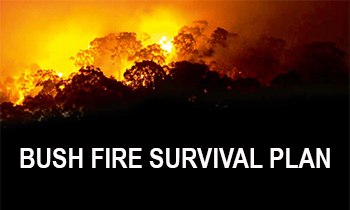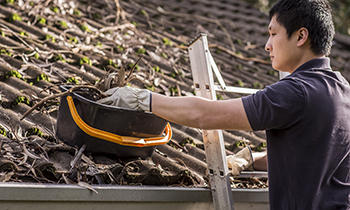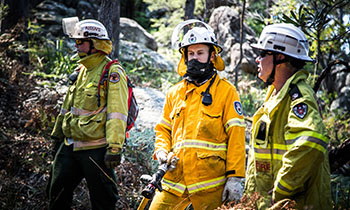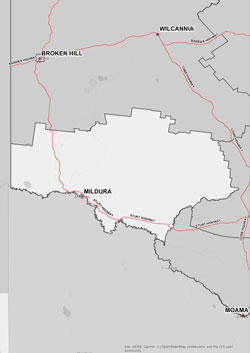Why we need a plan
Bush Fire Risk Management Plans are an effective instrument for managing risk to human activity and valued community and environmental assets. They are a key component in a multifaceted bush fire management approach for NSW.
We are planning together to manage bush fire risk in the Lower Western area by preparing a new five-year plan of strategies and actions.
How will your input be used
The data from the Have Your Say survey responses has been anonymously supplied to your area’s Bush Fire Management Committee. They will assess data collections rather than individual answers, so that they can establish a clearer community sentiment and gain insights from a large sample size.The personal details you submitted will be used to validate your submission and to allow notifications to be sent to you when the status of this BFRMP changes.
Our community
The Lower Western Bush Fire Management Committee (BFMC) area spans 4,783,194 hectares (ha). The area covers the Local Government Areas (LGAs) of Wentworth and Balranald Shires and features National Parks covering an area of 251,839ha (5.3% of BFMC area).
The Lower Western BFMC area has approximately 59% bushland and 40% grassland with the balance being the built environment or water bodies. A bush or grass fire can happen at any time of the year, however, the risks are higher during the warmer months when bush, grass or scrub is drier.
-
 According to the Australian Bureau of Statistics 2021 Census Community Profile there are 3,948 residential dwellings in the Lower Western BFMC area with an approximate population of 8,184.
According to the Australian Bureau of Statistics 2021 Census Community Profile there are 3,948 residential dwellings in the Lower Western BFMC area with an approximate population of 8,184. -
 According to the ABS data on the counts of Australian businesses, there were 635 businesses in the Lower Western BFMC. The top three included agriculture, fisheries and forestry, construction and Rental, Hiring and Real Estate Services accounting for approximately 71% of businesses in the BFMC area.
According to the ABS data on the counts of Australian businesses, there were 635 businesses in the Lower Western BFMC. The top three included agriculture, fisheries and forestry, construction and Rental, Hiring and Real Estate Services accounting for approximately 71% of businesses in the BFMC area. -
 The last major bush fire occurred during the 1974/75 bush fire season with 3.4 million hectares burnt. Throughout the Fire Danger Period, agencies regularly manage medium-scale (10,000ha) Mallee scrub fires resulting from wide-spread lighting activity.
The last major bush fire occurred during the 1974/75 bush fire season with 3.4 million hectares burnt. Throughout the Fire Danger Period, agencies regularly manage medium-scale (10,000ha) Mallee scrub fires resulting from wide-spread lighting activity. -
 There are several valuable community assets across the area along with several culturally significant and environmental sites, namely Mungo National Park and the Willandra Lakes World Heritage Area.
There are several valuable community assets across the area along with several culturally significant and environmental sites, namely Mungo National Park and the Willandra Lakes World Heritage Area.
Current Bush Fire Risk Management Plan for Lower Western
The Bush Fire Risk Management Plan for Lower Western was published on 29 November 2016.
This BFRMP identifies the bush fire risks in Lower Western BFMC area and sets out the types of work scheduled to deal with the risk of bush fires.
BFRMPs are updated within every five-years, however, the treatments and works set out in the plans are subject to change on a yearly basis due to fire activity, weather and new risk factors. This plan may not have been updated with the latest treatment and works plans/information.
Lower Western BFMC is made up of a range of stakeholders from the area including emergency services, land management agencies, local government and local aboriginal land services, and local community groups. This ensures key community stakeholders have a say on bush fire management activities for the benefit of their communities.
Lower Western BFMC is made up of the following representatives:
- NSW Rural Fire Service
- NSW Department of Planning and Environment (Crown Lands)
- Balranald Shire Council
- Bottle Bend Trust
- NSW Department of Primary Industries
- Essential Energy
- Fire and Rescue NSW
- Local Aboriginal Land Councils
- NSW National Parks and Wildlife Service
- NSW Police Force
- Transport for NSW
- Wentworth Shire Council
- NSW Local Land Services







